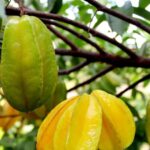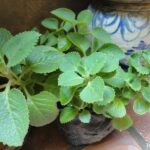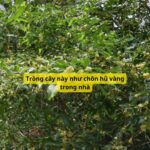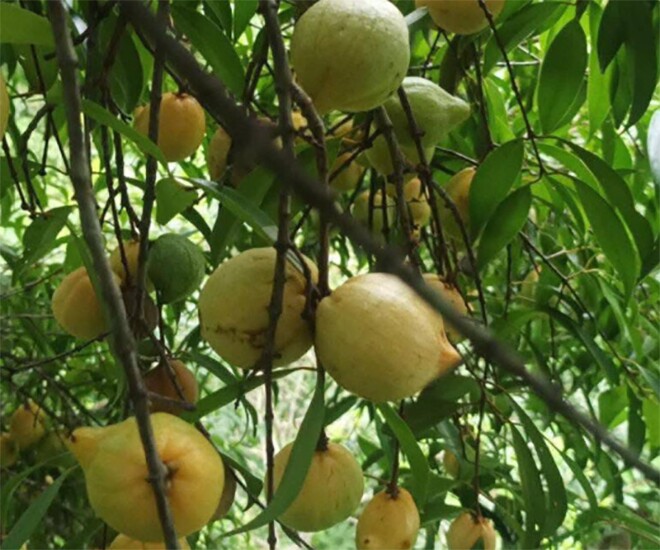
Meet the buoi rung, a petite fruit that fits snugly in the palm of your adult hand. Its thick rind conceals a unique arrangement of pale yellow segments that resemble a blooming flower. Affectionately dubbed the “mangcut forest” due to its resemblance to the mangcut, the buoi rung stands out with its distinct flavor and color.
As the fruit ripens, its hue transforms from a youthful green to a radiant golden yellow, shining bright amidst the forest foliage. The buoi rung’s flavor profile is equally captivating, offering a mild astringency that gives way to a delightful blend of tangy and gentle sweetness with every chew.
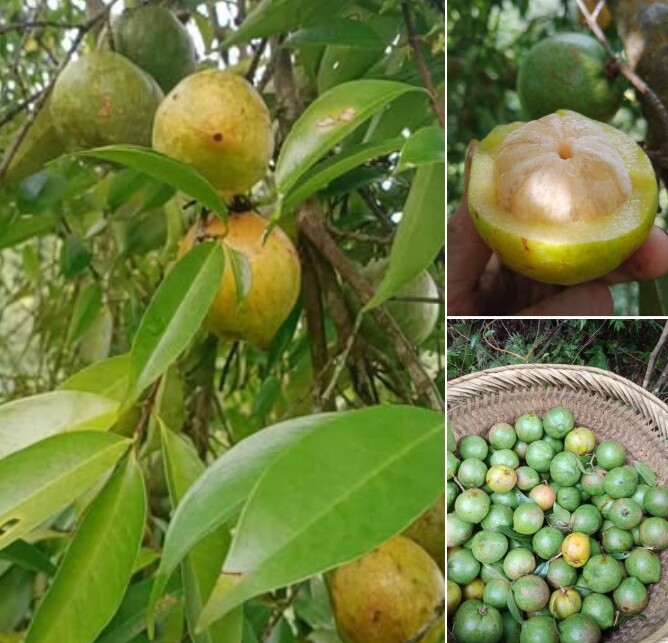
For many years, buoi rung was largely a playful treat for mountain children. Ripe fruits would fall to the ground, often unnoticed by adults. Khanh Ngoc, a native of Quang Ngai, fondly reminisces about her childhood adventures: “Every noon, my friends and I would sneak away from the elders and venture to the forest edge in search of buoi rung. The older kids would climb trees or use long poles to pluck the fruits from greater heights, while the younger ones gathered the fallen fruits to enjoy under the shade of the trees. The thick rind of the buoi rung required a strong bite to crack open, and the fruit’s sap would leave a tingling sensation on our tongues. Yet, the reward was well worth it—a burst of tangy and subtly sweet flavors that lingered long after.”
According to Ngoc, buoi rung used to be abundantly available in the forests, easily accessible from the hillsides near their homes. However, with the encroachment of acacia and eucalyptus plantations, the buoi rung trees have become increasingly scarce. These days, one must venture deep into the remote mountains to find them.
The rarity and distinctive flavor of buoi rung have captured the hearts of city dwellers, transforming it into a sought-after delicacy. In recent years, homemakers have discovered the versatility of buoi rung, incorporating it into various dishes such as fresh salads, pickled treats, and even alcoholic infusions. The fruit’s rind also finds purpose in sour soups and fish stews.

Buoi rung has become a staple in online markets and specialty stores, with prices ranging from VND 35,000 to 55,000 per kilogram, depending on the ripeness of the fruit.
The buoi rung season in Quang Ngai typically spans from June to August in the lunar calendar. During this time, locals line up along mountain roads, selling fresh baskets of the fruit to passersby. Traders also venture into the mountains to purchase the fruit directly from the harvesters, providing additional income for those living in rural areas.
Beyond the fresh fruit, the sun-dried rind of the buoi rung has become a coveted commodity, fetching prices of up to VND 180,000 per kilogram. It is used throughout the year for cooking sour soups, fish stews, and even as a natural remedy.

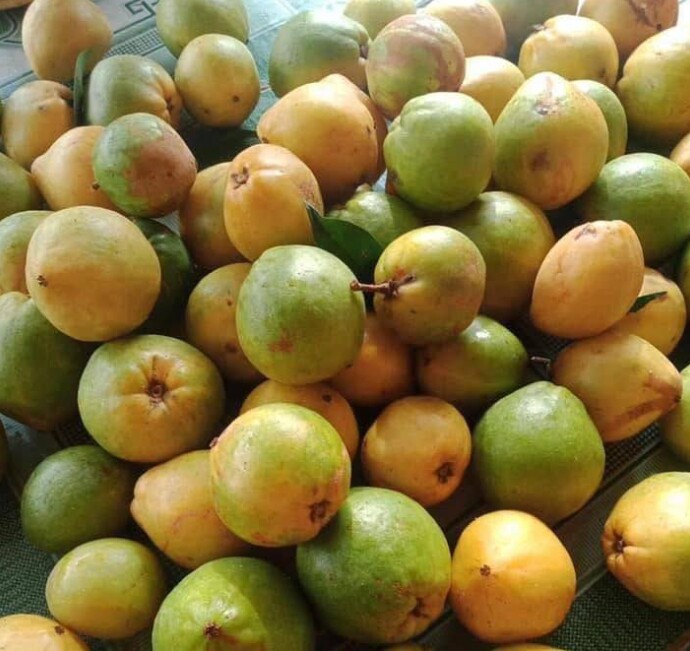
More than just a tasty treat, the buoi rung has also earned a place in traditional medicine. Various parts of the tree, including the fruit’s rind, leaves, seeds, and bark, are believed to possess antibacterial, anti-inflammatory, and detoxifying properties. It is used to treat ailments such as joint pain, earaches, digestive issues, parasitic infections, fever, and dysentery.
“Attract Wealth with the Carambola Tree: A Golden Opportunity for Prosperity”
“The humble carambola, or star fruit tree, is not just a pretty addition to your garden, but a versatile plant with a multitude of uses. This unique tree provides an abundance of benefits, from its delicious, tangy fruit to its medicinal properties and ability to enhance the feng shui of your home. With its vibrant, eye-catching shape and flavor, the carambola is a true superstar among fruit trees, offering a wealth of advantages that will elevate your health, your home, and your taste buds.”
The Ultimate Guide to Super-Fast-Growing Vegetables: A Month’s Worth of Meals in One Easy Planting
No need for a sprawling garden or fertile soil – this “miracle” vegetable grows like a weed and can be harvested all month long with just a single planting. With a nutritional value surpassing that of oranges, yet so easy to cultivate that even a novice gardener can succeed, this vegetable is a true wonder.

























